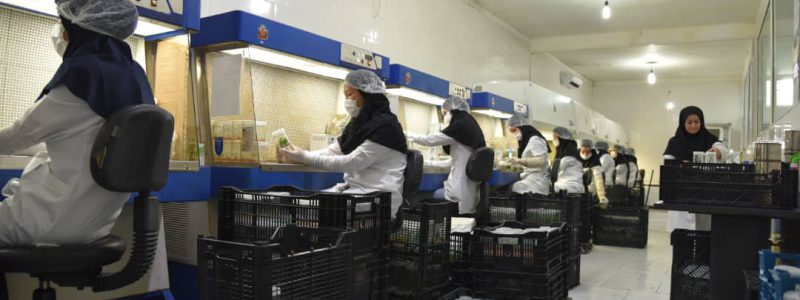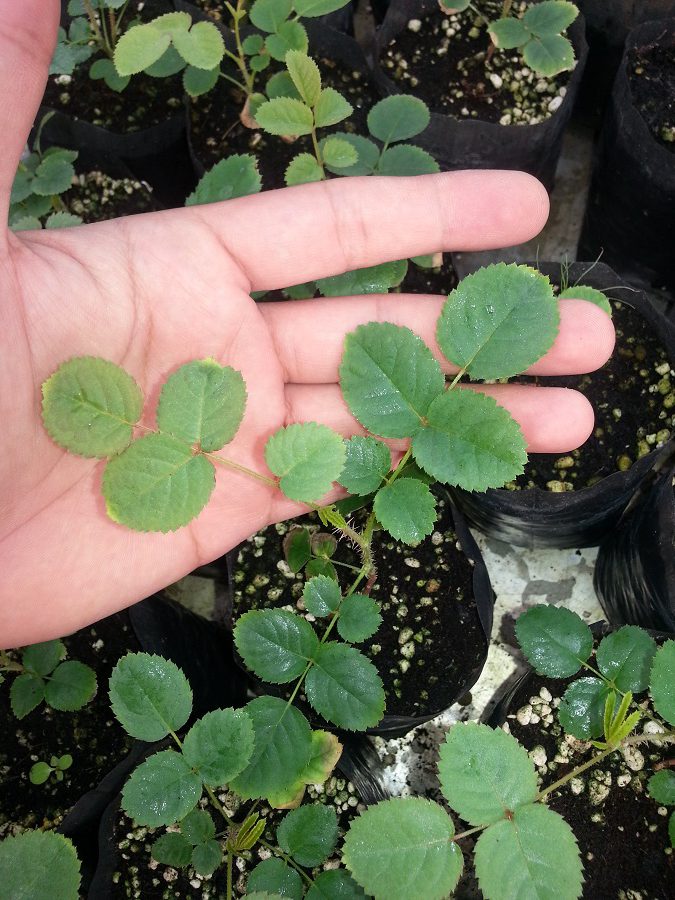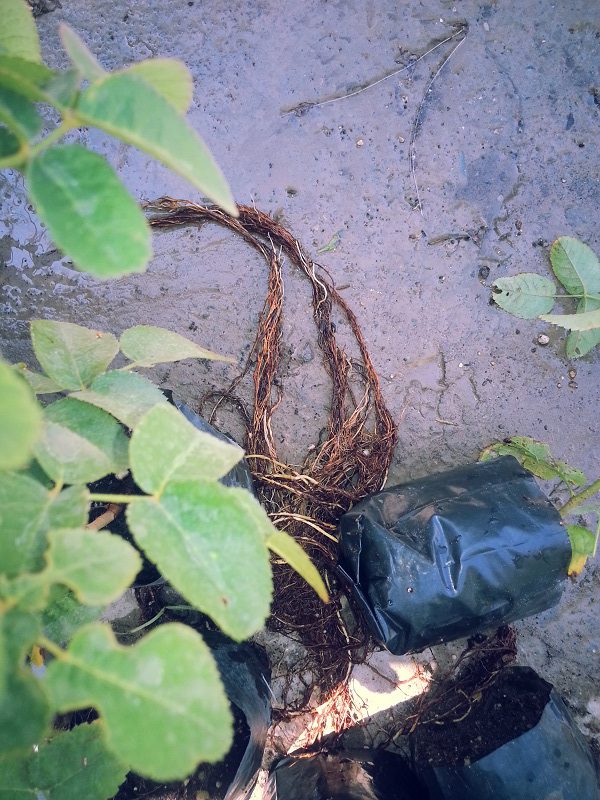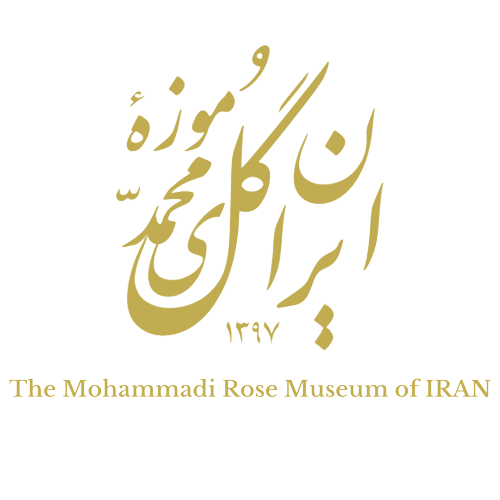Flower tissue culture
Propagating roses is done by grafting, cuttings, and tissue culture methods. Considering the disadvantages of grafting and cuttings, tissue culture is one of the best propagation methods.
What is tissue culture?
Tissue culture is a science that is based on the cell theory that each cell has the possibility to become a complete plant. Based on this, in tissue culture laboratories, by sampling different plant organs such as leaves, buds and terminal meristems, mass propagation is carried out.
Two very important points that separate this method from traditional methods such as cuttings and cuttings are the health and authenticity of plant products by the tissue culture method. Among other advantages of tissue culture, the following can be mentioned.
The advantages of propagation of roses by tissue culture
- Vegetative growth and high flowering power compared to cuttings and cuttings, resulting in more and earlier wealth production
- mass production
- Sanitized and free of fungal and bacterial contamination due to production in the laboratory and the impossibility of transferring the larvae of the branch-eating cockroach
- The uniformity and rhythm of the created flower beds
- Non-mixing of genotypes and phenotypes in created gardens
- Absence of losses during planting due to having extremely favorable roots
- Being resistant to dehydration
- The impossibility of contaminating the soil
- Being economical compared to other propagation methods such as cuttings and cuttings
- The possibility of optimal management of planting and harvesting
The department of tissue culture laboratory produces more than one million rhododendron seedlings every year.
Different parts of the laboratory, including the solution preparation room, autoclave room, culture room, growth rooms and other parts can be visited every day, and during the visit, special explanations are provided to all the audience.



Production stages of tissue cultured roses in the Rose Museum of Iran






